The History and Philosophy of Bunraku: From Puppet Theatre to Nico Nico and Anime
 Bunraku: An Art That Connects Generations
Bunraku: An Art That Connects Generations
Bunraku, the Japanese puppet theatre, is an art form that has fascinated and inspired for centuries. It is not just a theatrical spectacle; it is a complex symphony of movement, music, and storytelling, deeply rooted in Japanese tradition and history. The significance of Bunraku in Japanese culture is immense. As a cultural heritage, it gives voice to long-past epochs through incredibly detailed performances and dramatic narratives. This art form, though it might seem distant to a contemporary audience, still plays an important role in Japanese cultural consciousness, serving as a living connection to the country's rich history and traditions.
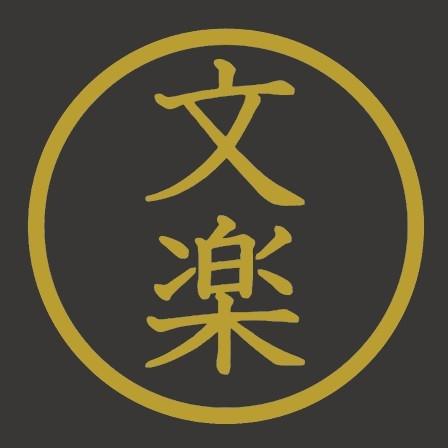
 When and How Did Japanese Puppet Theatre Originate?
When and How Did Japanese Puppet Theatre Originate?
The beginnings of Bunraku date back to the 16th century, during the Azuchi-Momoyama period (1568-1600) in Japan, although its precursors can be found earlier, in ritual religious performances. Initially, puppet theatre was a form of entertainment for the lower classes, but it gradually gained popularity and recognition across the country. Particularly important for the development of Bunraku was the year 1684, when Takemoto Gidayū established the Takemoto-za theatre in Osaka, which became a center for the development of this art. Together with playwright Chikamatsu Monzaemon, who began writing plays for puppet theatre in 1683, a unique form of storytelling and presentation began to take shape, becoming a hallmark of Bunraku.
During the Edo period (1603-1868), Bunraku experienced significant development and became one of the main forms of entertainment in Japan. Especially the Genroku era (1688-1704) was a time when Bunraku gained immense popularity, largely due to the works of Chikamatsu Monzaemon. His dramas, such as "Sonezaki Shinjū" (1703) and "Kokusenya Kassen" (1715), brought wide acclaim to puppet theatre and became classics. Another important figure of this period was Takeda Izumo II, who, along with two other playwrights, Namiki Sōsuke and Miyoshi Shōraku, created "Sugawara Denju Tenarai Kagami" (1746), one of the most important works in the Bunraku repertoire.
In the 19th century, with Japan's opening to the West, Bunraku, like many other traditional Japanese art forms, began to lose popularity. However, in the early 20th century, there was a revival of interest in this art form, mainly thanks to the efforts of writers and artists such as Kawatake Mokuami. In 1963, Bunraku was recognized by the Japanese government as an "important intangible cultural property", and in 2003 it was inscribed on the list of Masterpieces of the Oral and Intangible Heritage of Humanity by UNESCO. This renewed attention and recognition helped preserve Bunraku as a living and valued part of Japanese cultural heritage.
The Art of Bunraku - Technical Aspect
Artistic Aspects of Bunraku
Bunraku, as a refined form of puppet theater, is based on deep artistic and philosophical traditions. At the core of this art is the narrative, which combines drama, emotion, and morality into a cohesive whole. The puppets in Bunraku are incredibly detailed and sophisticated, often reaching about three-quarters of human height. Their faces, hand-carved and painted, are capable of expressing subtle emotions, which is crucial in conveying the depth of the drama. Scenography in Bunraku is equally important, often containing symbolic and metaphorical elements that enrich the story and add additional meaning.
 Puppet Manipulation Techniques
Puppet Manipulation Techniques
Manipulating puppets in Bunraku is an art that requires years of practice and perfection. Each puppet is operated by three puppeteers: the principal manipulator, who controls the head and right hand, and two assistants, who handle the left hand and legs. This requires incredible coordination and sensitivity to ensure that movements are fluid and express the appropriate emotions. The main puppeteer is usually the only one visible to the audience, dressed in a traditional costume, while the assistants are dressed in black costumes and masks, becoming "invisible" to the audience. This technique emphasizes the central role of the puppet in the performance, allowing viewers to focus entirely on the story and emotions conveyed by the puppet.
 The Role of Music and Storytelling
The Role of Music and Storytelling
Music plays a key role in Bunraku, serving as the emotional backdrop for the story. The shamisen, a three-stringed musical instrument, is used to create an atmosphere and underscore the emotions of a scene. Additionally, the narrator, known as tayū, tells the story, blending the characters' dialogues with descriptions of their inner thoughts and emotions. The tone of the tayū's voice varies, allowing for the portrayal of different characters and moods, which is essential for conveying the complexity and depth of the story. His ability to interpret text and music is an integral part of each Bunraku performance.
 Visuals and Techniques of Bunraku Puppet Theater
Visuals and Techniques of Bunraku Puppet Theater
Bunraku, as a theatrical form, also distinguishes itself with a unique visual aesthetic and technique. Lighting and scenography are carefully designed to emphasize the moods and themes of the performance. The puppets are dressed in richly decorated, period-specific costumes, adding authenticity and visual richness. The stage in Bunraku is typically minimal, allowing the audience's focus to be on the puppets and the story. This minimalist approach highlights the subtlety and depth of emotions conveyed by the puppets and their manipulators, making Bunraku a unique and exceptional form of theatrical art.
Philosophy of Bunraku
The philosophical foundations of Bunraku lie in the attempt to deeply understand human nature, emotions, and morality. This art form, stemming from Japanese narrative and theatrical traditions, emphasizes the conveyance of deep emotional experiences and moral dilemmas through the complex play of puppets. In Bunraku, it is incredibly important to present the story in a way that engages the audience on multiple levels - intellectual, emotional, and aesthetic. This art is based on the idea that through identification with the characters and their experiences, the viewer can better understand themselves and the world around them.
 Theorists and Significant Figures
Theorists and Significant Figures
One of the most important theorists and creators of Bunraku was Chikamatsu Monzaemon, a playwright living during the Edo period. His works, such as the famous "Sonezaki Shinjū" from 1703, shaped Bunraku as a form of drama with deep moral and emotional messages. Chikamatsu wrote plays that reflected the complexity of human emotions and conflicts, often basing them on current events or life stories. His works emphasized the drama and tragedy of human relationships, showcasing Bunraku as a medium for exploring the human condition.
 Themes and Messages in Performances
Themes and Messages in Performances
In Bunraku, themes related to loyalty, honor, love, and sacrifice are often explored. During the Edo period, when Bunraku reached its peak of popularity, the plays frequently focused on moral and social conflicts, reflecting the changes and tensions in Japanese society of that time. These performances aimed not only to entertain but also to provoke reflection on personal and social values. Many of these works, such as those by Chikamatsu, tackled difficult subjects, such as the conflict between personal feelings and societal duties.
Bunraku and Modern Japanese Culture
The Impact of Bunraku on Contemporary Art and Entertainment
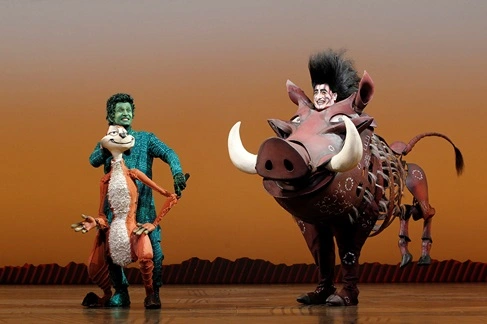
Bunraku in Modern Media: Manga and Anime
In the world of manga and anime, Bunraku has had a significant influence, both directly and indirectly, inspiring creators of these genres. Anime such as "Ayakashi: Japanese Classic Horror" includes the "Bakeneko" segment, which presents aesthetics and narrative techniques reminiscent of Bunraku, with characters moving and expressing emotions in a manner similar to puppet theater. Similarly, the manga "Karakuri Zōshi" by Daijirō Morohoshi directly refers to Bunraku, exploring stories and motifs related to puppet theater.
Other examples include "Sasameki Koto", where one of the characters actively participates in a Bunraku club, allowing for a deeper understanding of this art form by readers and viewers. In the anime "Ghost in the Shell: Stand Alone Complex", one of the characters, Aoi, is a puppeteer, and his skills and techniques are clearly inspired by traditional Bunraku, adding another layer of meaning and complexity to the series.
Other anime that more or less directly refer to Bunraku puppet theater:
 "Kabuki-bu!" – This series, while focusing on Kabuki, shares similarities with Bunraku in terms of narrative and aesthetics. It tells the story of a group of high school students who form a Kabuki club, exploring the traditions of Japanese theater, including Bunraku.
"Kabuki-bu!" – This series, while focusing on Kabuki, shares similarities with Bunraku in terms of narrative and aesthetics. It tells the story of a group of high school students who form a Kabuki club, exploring the traditions of Japanese theater, including Bunraku.
"Shōwa Genroku Rakugo Shinjū" – This anime, focusing on Rakugo, a traditional form of Japanese storytelling, mirrors Bunraku in its narrative. It presents the emotional journey of a Rakugo artist, showing the depth and drama characteristic of puppet theater stories.
"Karneval" – The anime combines action, fantasy, and mystery elements, focusing on a circus group. The visual style and complex narration reflect the theatricality and expression characteristic of Bunraku.
"Ayatsuri Sakon" – This is the story of a young ventriloquist artist, Sakon, and his puppet, Ukon. Their adventures relate to the Bunraku tradition, particularly in the way Sakon brings Ukon to life, reminiscent of puppet manipulation in Bunraku.
 "Puppet Princess" – This anime film tells the story of a princess who uses puppets to fight evil. The way these puppets are presented strongly relates to the techniques and aesthetics of Bunraku.
"Puppet Princess" – This anime film tells the story of a princess who uses puppets to fight evil. The way these puppets are presented strongly relates to the techniques and aesthetics of Bunraku.
"Le Chevalier D'Eon" – Set in 18th-century France, the main character in this anime uses a book of secrets to manipulate people like puppets, reminiscent of the techniques and control over puppets in Bunraku.
"Sarazanmai" – This series, blending surreal and traditional elements, utilizes an aesthetic reminiscent of Bunraku, especially in character transformation sequences that have a theatrical and stylized nature.
"Mononoke" – This series tells the story of a mysterious medicine seller who travels across Japan battling spirits called "Mononoke". The unique artistic style of the anime, reminiscent of flat, theatrical scenes, relates to the aesthetics of Bunraku. The characters and their movements, though not puppets, mimic the dramatic presentations of puppet theater, adding depth and mystery characteristic of Bunraku to the story.
"Karakuri Circus" – In this series, automatons play a major role, sharing many similarities with Bunraku puppets. The story focuses on mysterious puppeteers and their marionettes, which in itself is a nod to Bunraku puppet theater.
"Hozuki's Coolheadedness" – This series, depicting life in Japanese hell, often utilizes narrative and visual techniques reminiscent of Bunraku. The characters and their interactions are presented in a way that mirrors the drama and expression typical of puppet theater.
Bunraku Today
UNESCO Heritage
Today, Bunraku continues to be a valued and protected art form in Japan, though it does not enjoy as much popularity as other forms of entertainment. It has been recognized as an intangible cultural heritage by the Japanese government and inscribed on UNESCO's list of the Masterpieces of the Oral and Intangible Heritage of Humanity. Thanks to these recognitions, Bunraku is experiencing a renaissance, with new generations of artists taking up the challenge of preserving and renewing this unique form of theater. Festivals and cultural events regularly showcase Bunraku performances, attracting both local and international audiences.
 Contemporary Artists and Puppeteers
Contemporary Artists and Puppeteers
Among contemporary Bunraku artists, puppeteers such as Kanjūrō Kiritake III and Tamao Yoshida stand out, known for their masterful control of puppet manipulation. Their work is not only technical but also deeply emotional, allowing for the conveyance of subtle emotions and complex narratives through puppets. They are also teachers to younger generations of puppeteers, ensuring the transfer of skills and knowledge.
Contemporary Works and Adaptations
Contemporary Bunraku performances often are adaptations of classic stories or new works that combine traditional techniques with modern themes. Works like "Sonezaki Shinjū" by Chikamatsu Monzaemon remain popular, and their modern interpretations speak to contemporary audiences. Additionally, collaborations between Bunraku and other art forms, such as film, music, and even modern technologies, open new possibilities for this traditional theater form.
 Where do the Japanese Learn Bunraku?
Where do the Japanese Learn Bunraku?
Contemporary Bunraku schools, playing a key role in transmitting and preserving this traditional art form, focus on teaching both the technical and artistic aspects of puppet theater. They are mainly located in Osaka, the historical center of Bunraku, where institutions like the National Bunraku Theatre offer professional training programs as well as workshops for enthusiasts. The training covers a range of skills, from puppet manipulation and narration (tayū) to shamisen playing. Training puppeteers is particularly demanding, often taking many years, during which students gradually learn to control different parts of the puppet, starting from the legs, moving to the left hand, and finally achieving full control over the head and facial expressions. These schools not only teach techniques but also instill an understanding of Bunraku's deep historical and cultural value, highlighting its role in transmitting Japanese heritage and traditions. Graduates of these schools often join professional theater troupes or continue the tradition, teaching new generations, thus ensuring the survival and development of Bunraku in the modern world.
 Bunraku Outside Japan
Bunraku Outside Japan
Contemporary Bunraku outside Japan enjoys growing interest, particularly among theater enthusiasts and lovers of Japanese culture. Though specific statistics are hard to provide, the interest in this art form is evident in numerous festivals, workshops, and performances organized worldwide. In the United States, Japanese cultural festivals and theatrical events often feature Bunraku performances, attracting audiences fascinated by this unique form of puppet theater. In Europe, countries like France and the United Kingdom present Bunraku as part of performing arts festivals, reflecting the growing interest in Asian theatrical forms. While Bunraku schools outside Japan are rare, some cultural institutions and universities offer workshops and courses led by experienced artists from Japan.
In terms of creativity, artists and theatrical groups worldwide experiment with Bunraku techniques and aesthetics, creating hybrid art forms. For example, in the United States, the Puppet Theater Company in New York presents performances inspired by Bunraku, adapting them to Western narratives and contexts. As for anime, while it's challenging to determine which ones about Bunraku are the most popular outside Japan, series like "Ayatsuri Sakon" or "Mononoke," drawing from Bunraku's aesthetics and techniques, have gained international audiences thanks to their unique style. Their popularity abroad might stem from the growing interest in Japanese culture and art, and the universal appeal of stories that are both exotic and accessible to an international audience.
 Bunraku as a Source of Inspiration and Innovation
Bunraku as a Source of Inspiration and Innovation
Bunraku, deeply rooted in Japanese history and tradition, serves as an important intercultural bridge, connecting various forms of art and storytelling around the world. Its influence extends beyond Japan's borders, inspiring artists, filmmakers, and writers to explore similar techniques in their works. An interesting fact is that puppet manipulation techniques and the narrative approach of Bunraku have found their reflection in Western entertainment forms, such as animation and film. Also, in the field of education, Bunraku is used as a tool to teach about culture and art, highlighting its value as a universal tool for communication and artistic expression.
Over the years, Bunraku has also become a field for experiments and innovation. Contests and workshops encouraging young artists to create new works inspired by this ancient art form are organized in Japan and worldwide. Contemporary performances often combine traditional Bunraku techniques with modern technologies, such as video mapping and animation, creating fascinating hybrids that transcend the boundaries of traditional theater. Additionally, the growing ecological interest has led some creators to explore sustainable and eco-friendly materials for puppet making, showcasing Bunraku's adaptive nature in response to contemporary challenges. This evolution and continual discovery of new possibilities attest to Bunraku's unwavering vitality and significance as a dynamic and inspiring art form.
"Strong Japanese Women"
see book by the author
of the page
未開 ソビエライ
An enthusiast of Asian culture with a deep appreciation for the diverse philosophies of the world. By education, a psychologist and philologist specializing in Korean studies. At heart, a programmer (primarily for Android) and a passionate technology enthusiast, as well as a practitioner of Zen and mono no aware. In moments of tranquility, adheres to a disciplined lifestyle, firmly believing that perseverance, continuous personal growth, and dedication to one's passions are the wisest paths in life. Author of the book "Strong Women of Japan" (>>see more)
Personal motto:
"The most powerful force in the universe is compound interest." - Albert Einstein (probably)
Mike Soray
(aka Michał Sobieraj)
未開 ソビエライ
An enthusiast of Asian culture with a deep appreciation for the diverse philosophies of the world. By education, a psychologist and philologist specializing in Korean studies. At heart, a programmer (primarily for Android) and a passionate technology enthusiast, as well as a practitioner of Zen and mono no aware. In moments of tranquility, adheres to a disciplined lifestyle, firmly believing that perseverance, continuous personal growth, and dedication to one's passions are the wisest paths in life. Author of the book "Strong Women of Japan" (>>see more)
Personal motto:
"The most powerful force in the universe is compound interest." - Albert Einstein (probably)
Mike Soray
(aka Michał Sobieraj)
Write us...
Ciechanów, Polska
dr.imyon@gmail.com
___________________
inari.smart
Would you like to share your thoughts or feedback about our website or app? Leave us a message, and we’ll get back to you quickly. We value your perspective!
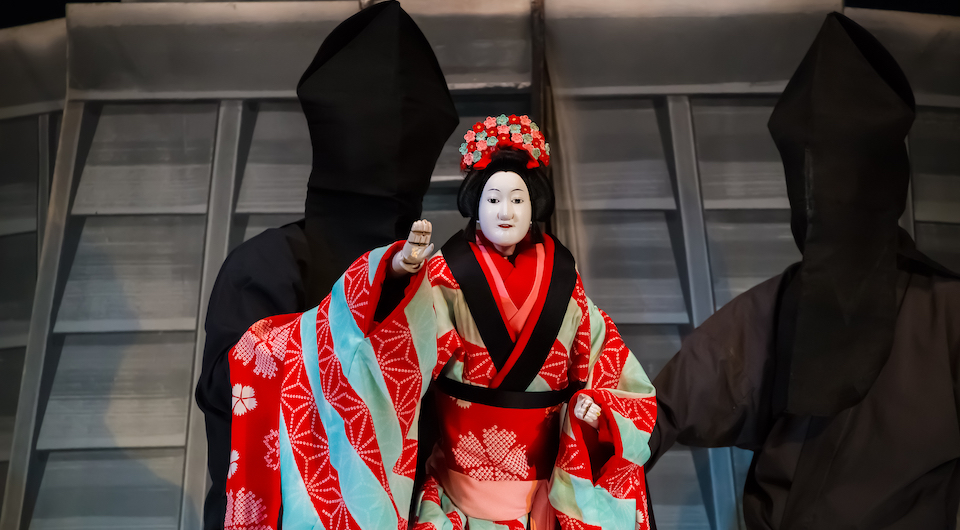 Bunraku: An Art That Connects Generations
Bunraku: An Art That Connects Generations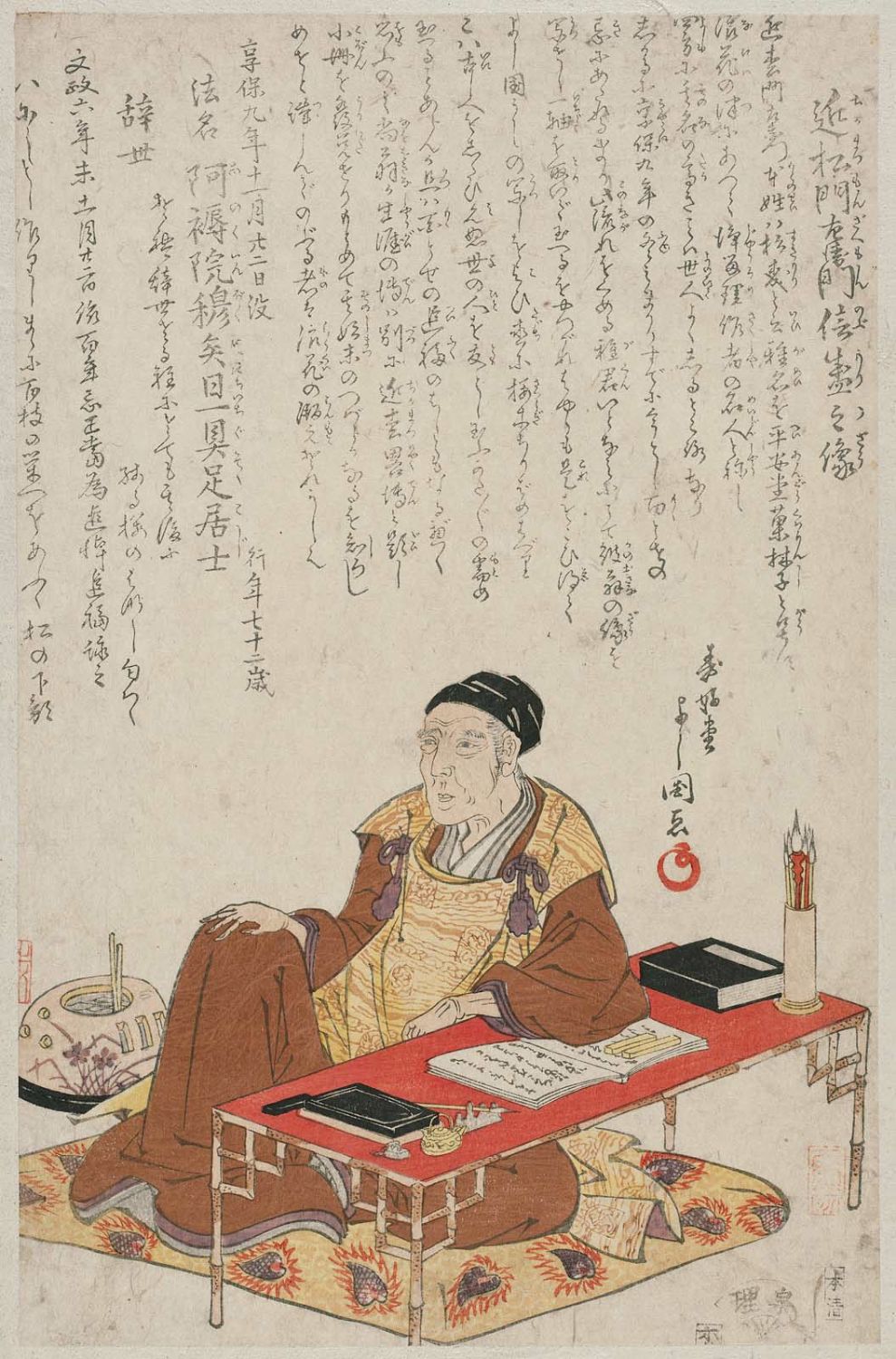 When and How Did Japanese Puppet Theatre Originate?
When and How Did Japanese Puppet Theatre Originate?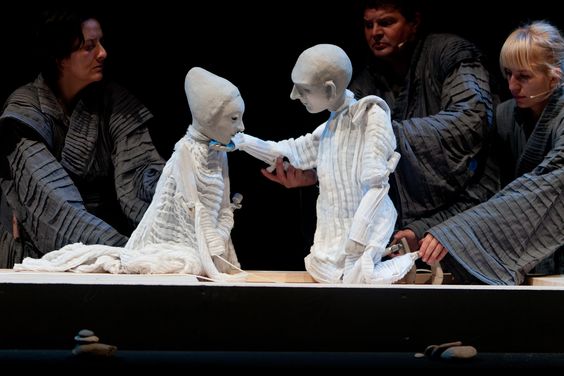 Puppet Manipulation Techniques
Puppet Manipulation Techniques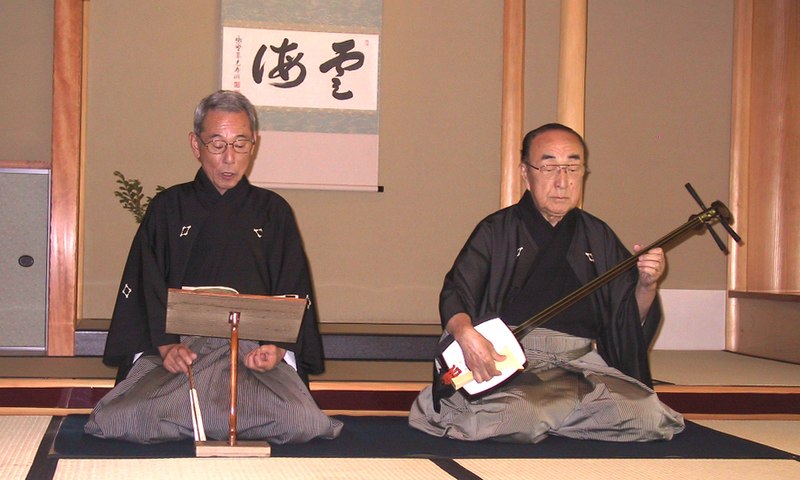 The Role of Music and Storytelling
The Role of Music and Storytelling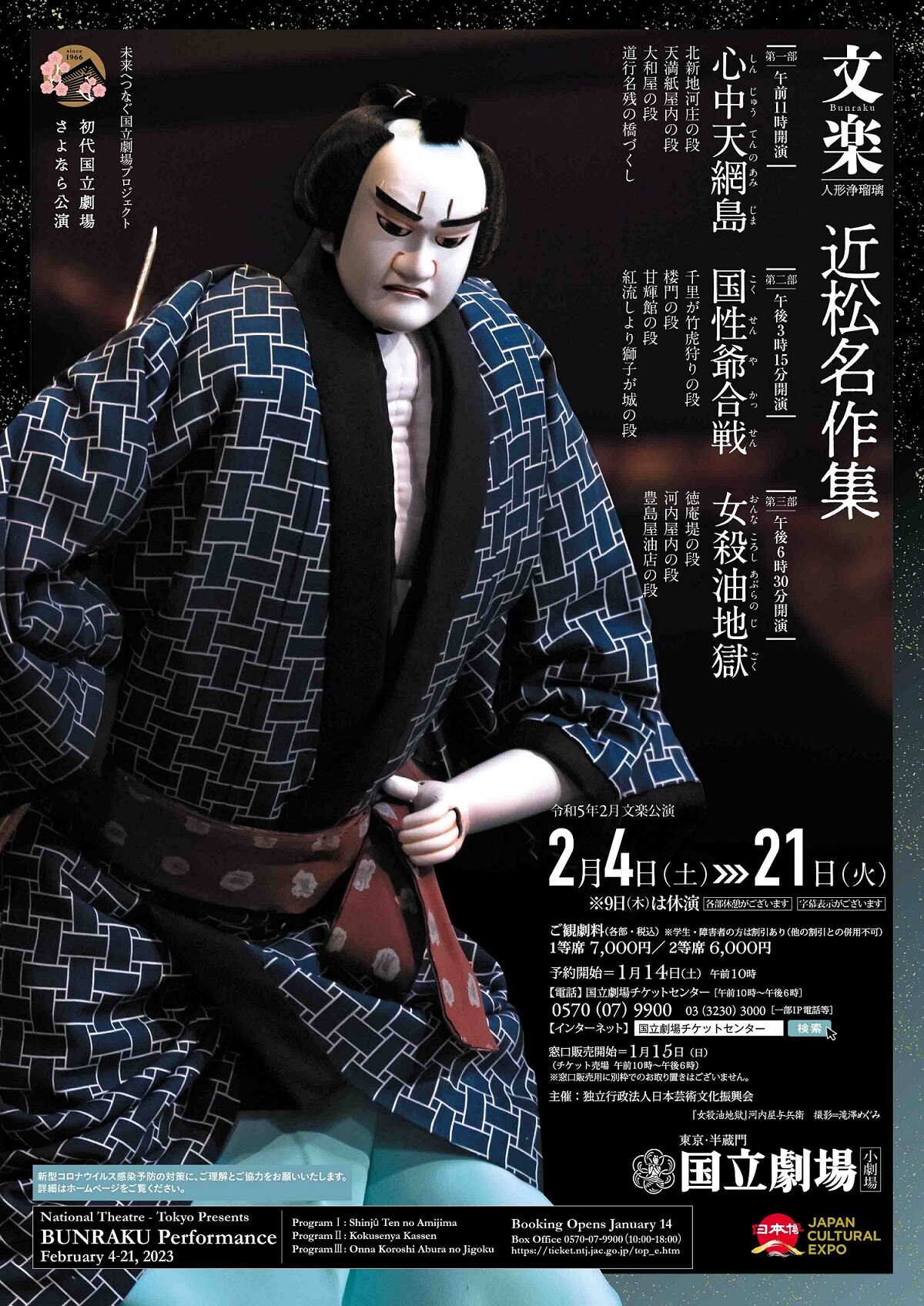 Visuals and Techniques of Bunraku Puppet Theater
Visuals and Techniques of Bunraku Puppet Theater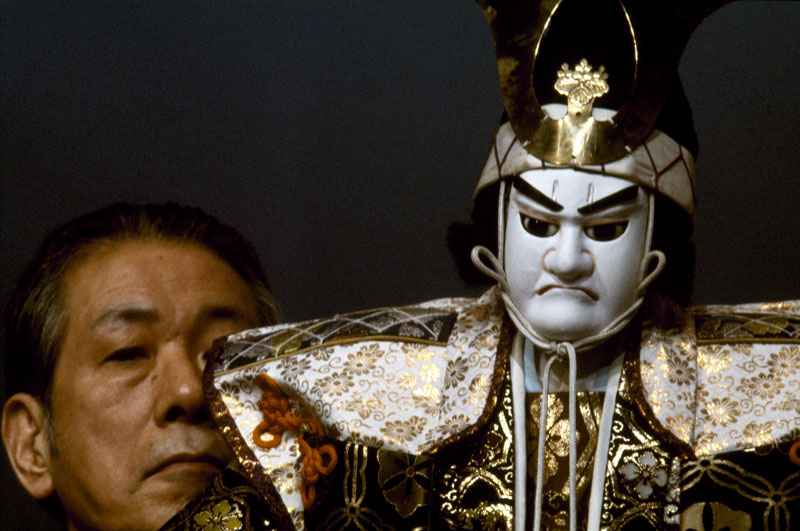 Theorists and Significant Figures
Theorists and Significant Figures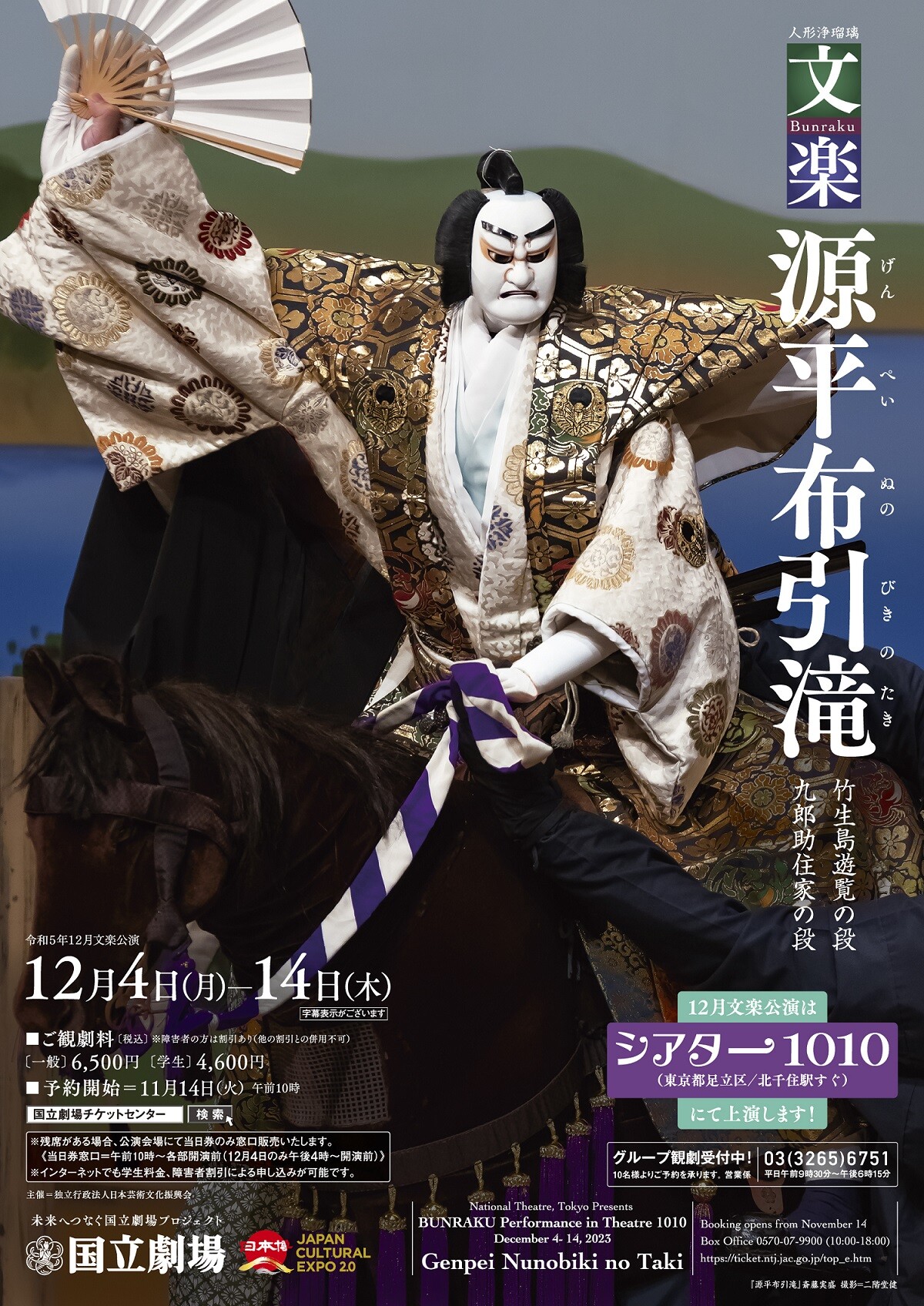 Themes and Messages in Performances
Themes and Messages in Performances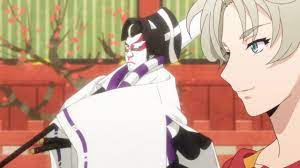 "Kabuki-bu!" – This series, while focusing on Kabuki, shares similarities with Bunraku in terms of narrative and aesthetics. It tells the story of a group of high school students who form a Kabuki club, exploring the traditions of Japanese theater, including Bunraku.
"Kabuki-bu!" – This series, while focusing on Kabuki, shares similarities with Bunraku in terms of narrative and aesthetics. It tells the story of a group of high school students who form a Kabuki club, exploring the traditions of Japanese theater, including Bunraku.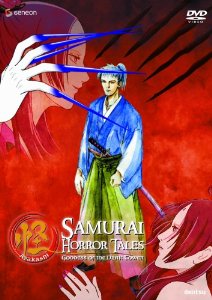 "Puppet Princess" – This anime film tells the story of a princess who uses puppets to fight evil. The way these puppets are presented strongly relates to the techniques and aesthetics of Bunraku.
"Puppet Princess" – This anime film tells the story of a princess who uses puppets to fight evil. The way these puppets are presented strongly relates to the techniques and aesthetics of Bunraku.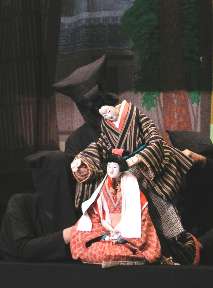 Contemporary Artists and Puppeteers
Contemporary Artists and Puppeteers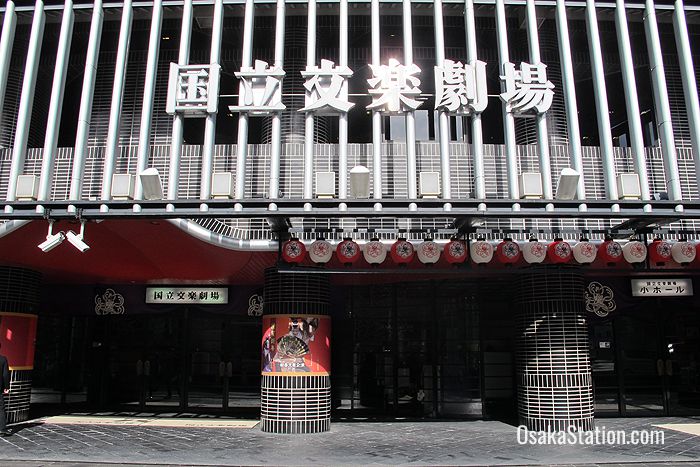 Where do the Japanese Learn Bunraku?
Where do the Japanese Learn Bunraku?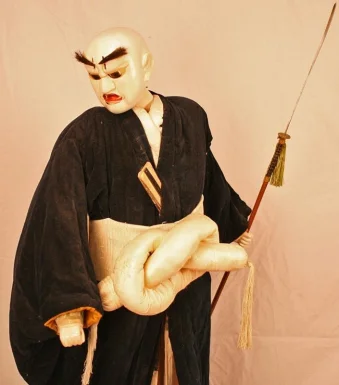 Bunraku Outside Japan
Bunraku Outside Japan

